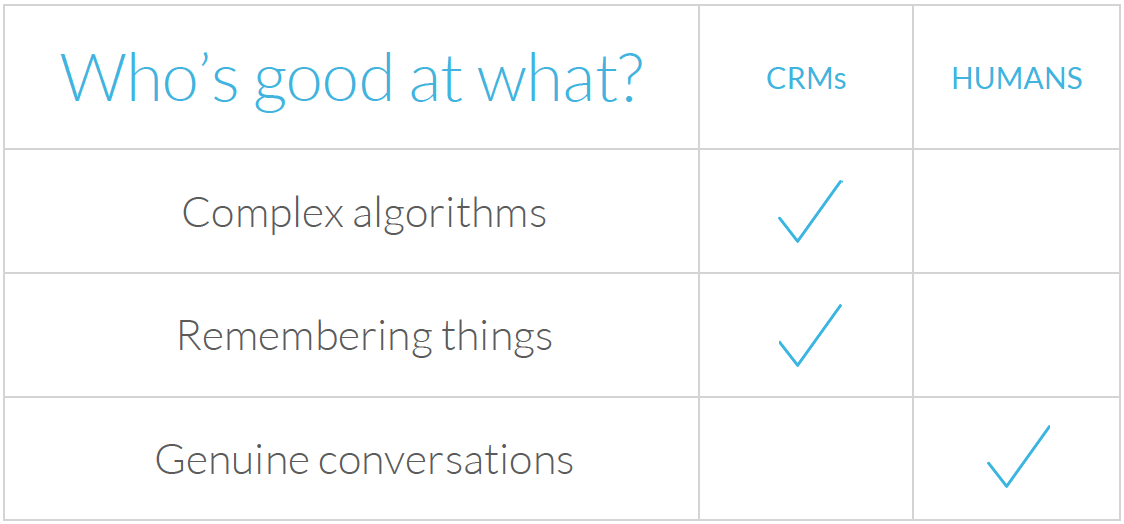If your school is utilizing a text messaging platform to communicate with students, you’re already basking in the glory of the convenience and manageability. But there’s still plenty on your plate and only so much time in a day.
Many schools are leaning toward more automated text responses to make life on campus even easier, but at what cost? Does your stress relief come at the expense of your students’ experience?
Mass auto-replies some companies are touting are great for emptying your to-do pile, but teens can often spot the bots. The issue to address is whether students care about a personal touch or if they’re only interested in information.
In a paper titled "Mythbusting Admissions: Where Prospects and Professionals Agree—and Disagree—on Enrollment Marketing, Messages, and Channels", Gil Rogers and Michael Stoner found that the extra effort that goes into personalized communications can pay off.
Citing a communication from Rensselaer Polytechnic Institute, one student said, “The personalization of their emails and ability to connect with students [really stood out].” Another student said the University of Arkansas sent “birthday and holiday cards. Made me feel wanted.”
Of course, the key to your job is to get the communication out the door and onto teens’ handheld screens. If a mass auto-reply casts a wide net, your haul might be good enough to reach your goals. Automating routine messages is far from lazy; it can actually help your staff spend more time on creative tasks that offer your students enhanced value.
Here are some great times to use automation:
- Event reminders
- Deadline reminders
- Task completion confirmations
- To set-up human interactions
Still, authentic, 2-way communication is the most transparent and effective method of engaging students and making them feel like your institution cares about their future.

Here are some instances where it pays to be more human:
- When a response is desired
- After a positive in-person experience
- When enrollment goals dictate
- When a bot would be offensive
So, to automate or not to automate? In the end, it might be best to use a combination of both. Ultimately, don’t be afraid to have fun, show excitement and be human.





.webp?width=57&height=74&name=users-love-us-4fca521cb6d80c30d02e3df6bd0013f5395fb3ae22e81b3e3608e258d8feba63%20(1).webp)